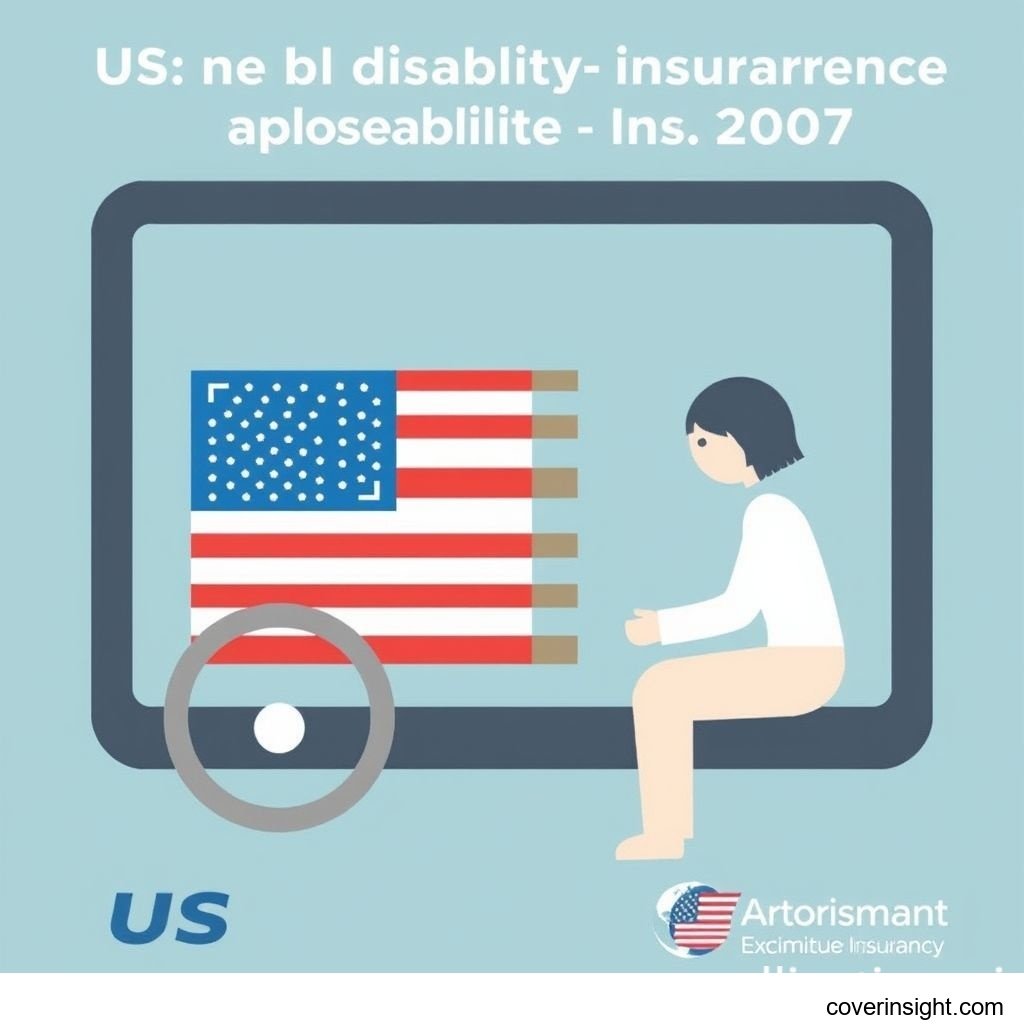Introduction
Navigating the landscape of personal finance in the United States can feel like a complex puzzle, and securing your income against the unexpected is a critical piece. As we look towards 2025, understanding how a Disability Insurance Calculator US works becomes indispensable. It’s not just about crunching numbers; it’s about gaining peace of mind. This tool helps individuals estimate their potential disability coverage needs and the associated disability premiums, ensuring they're not caught off guard should an illness or injury prevent them from working. In a world where financial stability can shift in an instant, being prepared with the right disability insurance is simply smart planning. For general information on various insurance products, you might find broader insights on Insurance Resources Global.
Coverage Details
What’s Included
When you calculate disability insurance needs, you're primarily looking at income replacement. A robust disability policy typically covers a percentage of your pre-disability income – often between 50% and 70%. This benefit is paid out monthly if you become unable to work due to an illness or injury, providing a crucial safety net for your living expenses, from mortgage payments to groceries. Policies can be short-term (covering a few months to two years) or long-term (extending until retirement age, or until you recover). Many plans also include features like partial disability benefits (if you can work part-time but are still impaired), cost-of-living adjustments (COLA), and future purchase options, allowing you to increase coverage as your income grows.
Common Exclusions
While disability insurance offers vital protection, it’s important to be aware of what’s generally not covered. Pre-existing conditions, if not properly disclosed or if they manifest too soon after policy inception (often within a waiting period), are a common exclusion. Injuries sustained from acts of war, self-inflicted injuries, or those resulting from committing a felony are typically excluded. Certain high-risk activities, like extreme sports or aviation (unless specifically endorsed), might also be left out. Always read the fine print; what one policy covers, another might explicitly exclude. For specific state-by-state regulations on what can and cannot be excluded, checking with your State Insurance Departments is highly recommended.
Cost Analysis
Price Factors
The cost of disability premiums isn't a one-size-fits-all figure. Several key factors influence what you'll pay. Your age is a big one – younger applicants generally pay less. Your occupation also plays a significant role; a desk job is less risky than, say, a construction worker's, leading to lower premiums. The benefit period (how long benefits are paid), the elimination period (the waiting period before benefits kick in), and the benefit amount you choose all directly impact the price. Your health, lifestyle habits (like smoking), and even your geographic location in the US can also affect the final premium. For a broader understanding of insurance regulatory frameworks that impact pricing, the National Association of Insurance Commissioners is an excellent resource.
Saving Tips
Want to keep those premiums manageable? Consider a longer elimination period; waiting 90 or 180 days instead of 30 before benefits start can significantly reduce your cost. Opting for a slightly lower income replacement percentage (e.g., 60% instead of 70%) can also help. Many employers offer group disability insurance, which is often more affordable than individual policies, so check if that's an option for you. Bundling policies with the same insurer, if available, might also lead to discounts. And of course, maintaining good health and quitting habits like smoking will positively impact your rates.
FAQs
-
How much does disability insurance calculator cost?
The calculator itself is usually free to use, offered by insurance companies or financial planning websites. The cost of the insurance policy it helps you estimate, however, varies widely based on the factors mentioned above, typically ranging from 1% to 3% of your annual income.
-
What affects premiums?
As detailed earlier, age, occupation, health status, chosen benefit amount, benefit period, and elimination period are the primary drivers. Lifestyle choices and any riders or extra features added to the policy also influence the price.
-
Is it mandatory?
No, disability insurance is generally not mandatory in the US, unlike auto insurance in most states. However, while not legally required, it's considered a crucial component of sound financial planning, especially given the statistics. For instance, the Council for Disability Awareness estimates that roughly one in four of today's 20-year-olds will become disabled before reaching age 67. Ignoring this risk is like playing with fire.
-
How to choose?
When selecting a policy, consider your financial obligations, current savings, and how long you could realistically go without income. Compare quotes from several providers, pay close attention to the definition of "disability" (own-occupation vs. any-occupation), and check the insurer's financial strength ratings. Tools like the Disability Insurance Calculator US can help you start this process by giving you an initial estimate. You can also explore general financial planning resources on US Insurance Home.
-
Consequences of no coverage?
Without adequate coverage, a disabling event can quickly decimate savings, force asset liquidation (like selling your home), lead to significant debt, and severely impact your family's financial future. Imagine a scenario like "Jane's Story" from Ohio: A healthy, active graphic designer, Jane, in her late 30s, suddenly developed a severe autoimmune condition that left her unable to use her hands for detailed work. Without disability insurance, her savings were depleted within months, forcing her to rely on family and eventually apply for Social Security Disability, a process known for its long wait times and strict eligibility. Having private coverage could have significantly eased her burden during a challenging time.
Author Insight & Experience
Based on my experience working with individuals across the US on their financial planning, the biggest hurdle to getting disability insurance often isn't the cost, but the "it won't happen to me" mindset. As someone living in the US, I've seen firsthand how an unexpected accident or illness can completely derail even the most meticulously planned financial futures. It’s not about predicting misfortune; it’s about proactively building a sturdy safety net. The peace of mind that comes from knowing your income is protected, no matter what curveballs life throws, is truly invaluable. It allows you to focus on recovery, not financial survival.








Comments